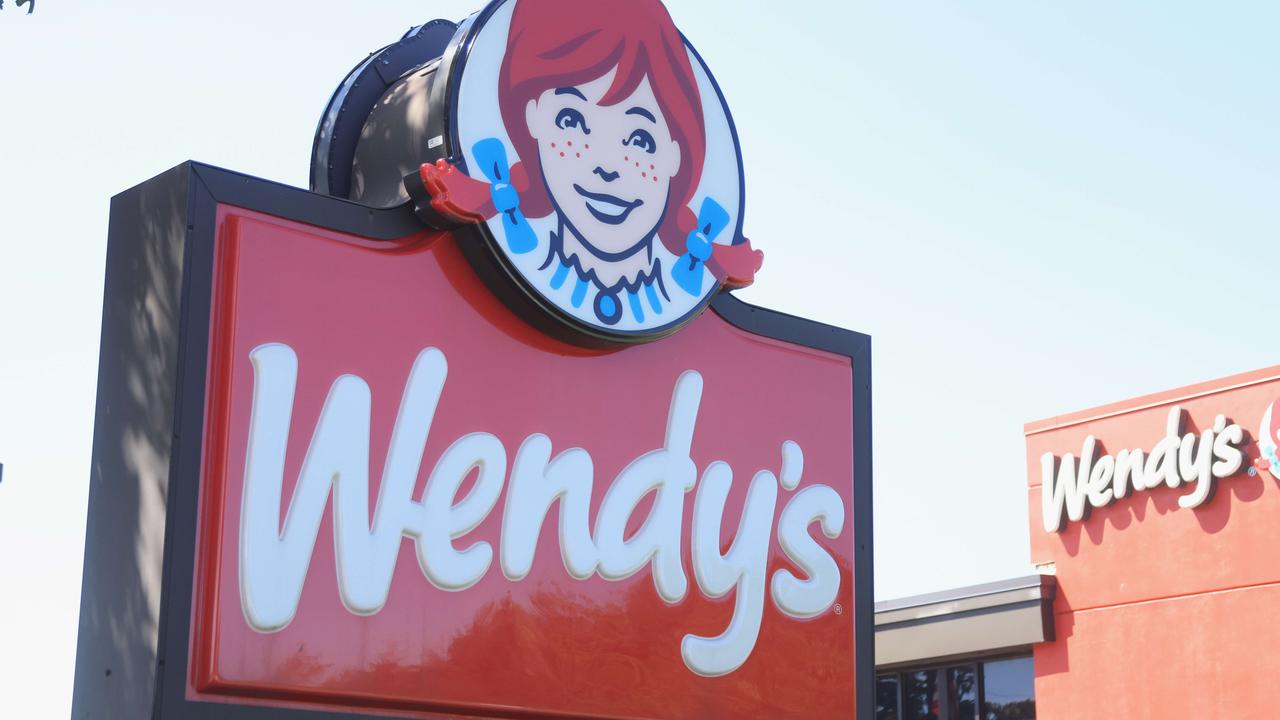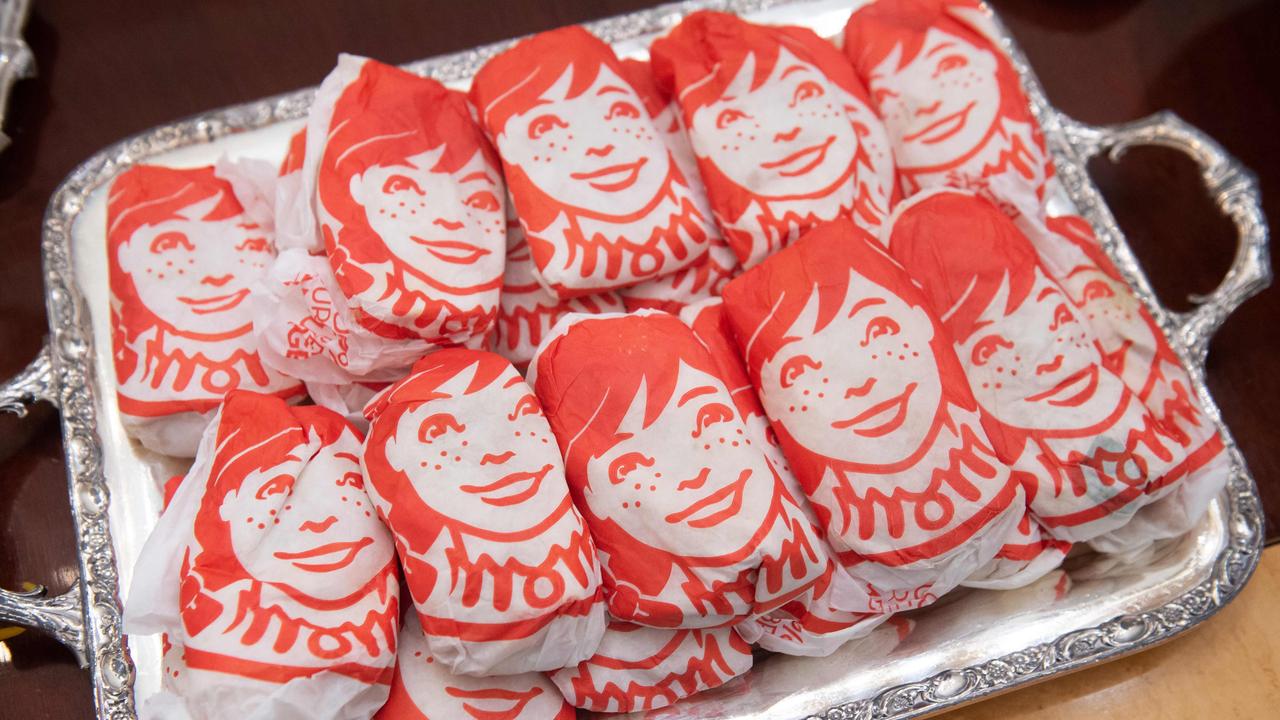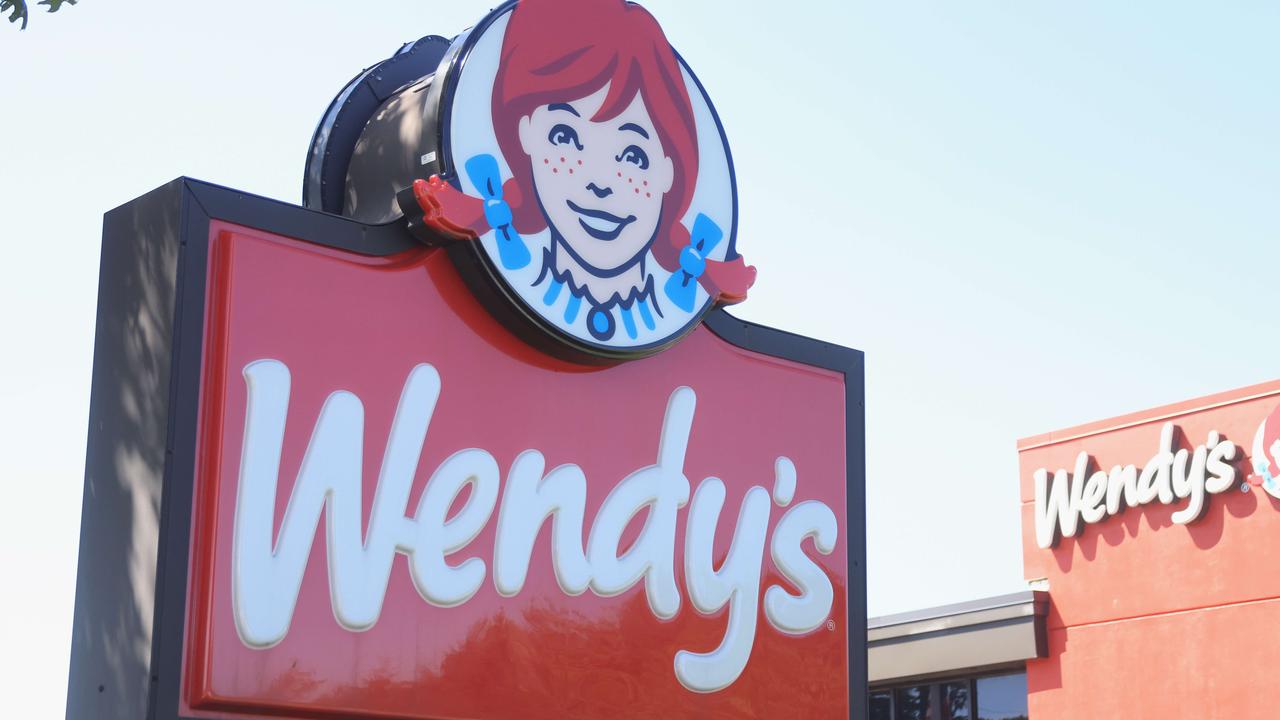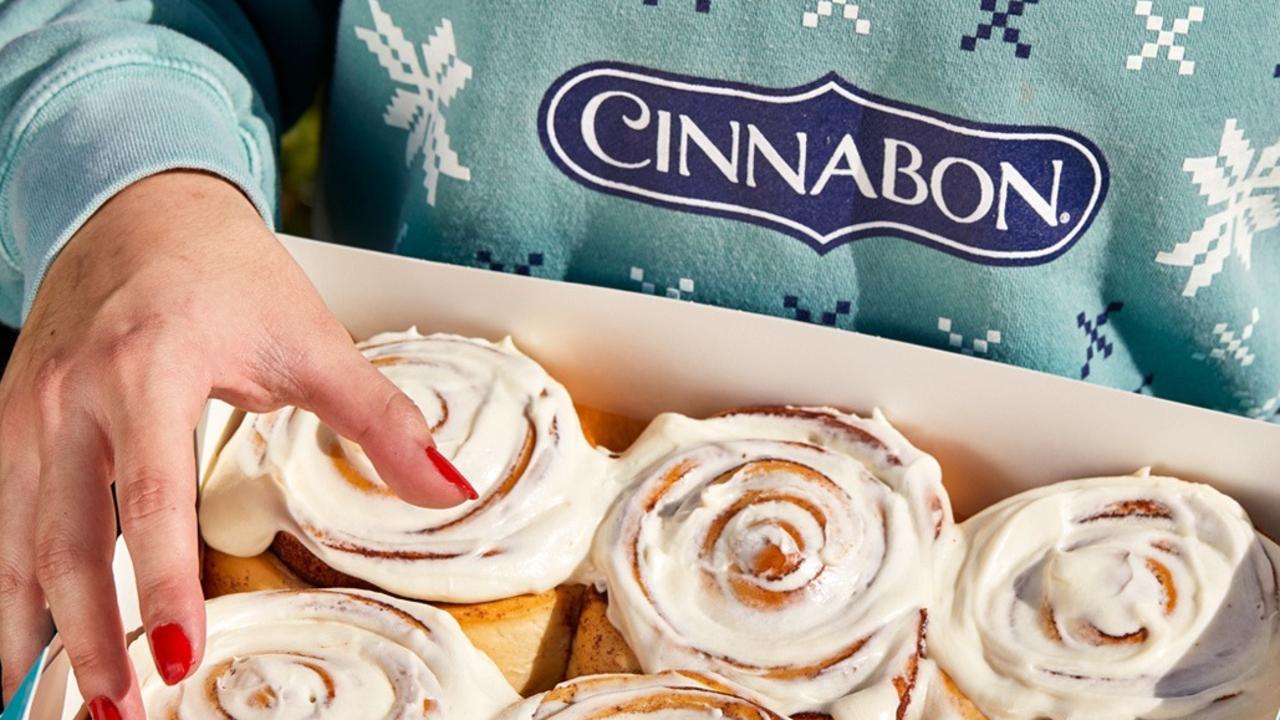US fast food chain Wendy’s to launch ‘hundreds’ of restaurants in Australia
One of America’s most popular fast food chains has announced ambitious plans to bring “hundreds” of restaurants Down Under.

US fast food giant Wendy’s has announced it plans to roll out “hundreds” of stores in Australia in the not-too-distant future.
Speaking exclusively to the Australian Financial Review, Wendy’s chief development officer Abigail Pringle said she was convinced there was an appetite for the chain’s signature burgers, fries and frosty desserts Down Under.
“We believe Australia is a lucrative market for long-term growth,” Ms Pringle told the publication.
“We think that the Australian market could be hundreds of restaurants.”
It’s still early days, and details are scant, but Ms Pringle hinted at possible plans for the company – not to be confused with local ice-cream chain Wendy’s Milk Bar – to buy up land and build restaurants before handing over to local franchisees.
She added that it was crucial to find the correct local partner and the right franchise model, which could come in the form of an established food group that already operates other chains, or a family office.

At the moment, Wendy’s has around 7000 restaurants around the world, including in the US and Canada as well as Ireland and the UK, where it relaunched in 2021 after a two-decade pause following two previous launches.
But it won’t necessarily be an easy task to break into the Aussie market – especially given we already have so many American fast food chains, and given we’re lurching ever closer to a recession as the cost of living crisis forces families to tighten their belts and cut back on luxuries, like dining out.
According to Queensland University of Technology retail expert Gary Mortimer, the tough economic times facing Aussie families at the moment made the move more of a gamble than it would be ordinarily.
“It’s quite an interesting time to contemplate entering Australia,” Dr Mortimer said.
“They’re saying it won’t be another year to 18 months before we start seeing stores around, but if you look at hospitality, restaurant and cafe sales since June last year, they’ve really flatlined to about $5 billion a month now.
“They’re not up or down, they’re just flatlining, and [during downturns] what traditionally happens is people stop eating out as much, and shift to either eating in, or to value offers like McDonald’s and Hungry Jacks value meals, not premium burgers, so the economics is quite interesting.”
However, he added that American chains often succeeded in Australia due to the novelty factor.

“There’s a sense of novelty and uniqueness – many of us have probably travelled to the States, and if not, we’ve seen some of these brands on sitcoms and movies, so having that strong brand awareness is quite helpful,” Dr Mortimer said, pointing to the successful Australian launch of the Carl’s Jr chain as proof of our obsession with American fast food joints.
“When you think of Carl’s Jr, I think there are around 30 stores in Australia now, so with American brands, where there is that recognition, they tend to succeed.”
But it’s not always smooth sailing for these brands, even for major ones that are already well-known and loved.
It took Taco Bell three attempts to break into the local market – in 1981 and 1997 before finally nailing it in 2019.
It was a similar story for Wendy’s itself in the UK, with the chain relaunching in 2021 after leaving the market in 2001 as a result of skyrocketing operating costs.
Dr Mortimer said Taco Bell’s struggle to gain a footing in Australia was a “good example” of what could go wrong for new brands attempting to enter the market, and added that dietary shifts posed yet another challenge for Wendy’s.
“We do seem to be moving away from big burgers and chips to lighter meals, and that’s evident in the growth of places like Roll’d that offers much lighter Vietnamese meals – that franchise has done quite well, and if you look at any shopping centre food court, there’s Thai, sushi and salads – lots of options other than burgers,” he said.

“Australia also has access to pretty amazing fresh produce, so we do expect better quality, and we’ve seen a rise in the growth of premium burger joints operating in Australia [as a result].
“That upsize-me phenomenon of the ’80s in the US was quite novel but we have shifted away from massive burgers and plates of fries.”
Dr Mortimer said while it would depend on which category of the hospitality industry local companies were operating in, there would be some concern about Wendy’s potentially stealing a slice of the pie.
“Given the flat sales growth since June last year, any extra players into the market will obviously take a share from other players,” he said.
“The ones that will be the most exposed would be Carl’s Jr and other US chains with similar burgers, to some extent, and maybe some semi-premium ones like Betty’s Burgers.
“But I don’t think McDonald’s or Hungry Jacks have too much to worry about though, because they have a different offering.”
In addition to Taco Bell and Carl’s Jr, baked desserts chain Cinnabon also launched in Sydney in January this year to much fanfare, attracting hours-long queues, while burger favourite Five Guys also launched in 2021.






